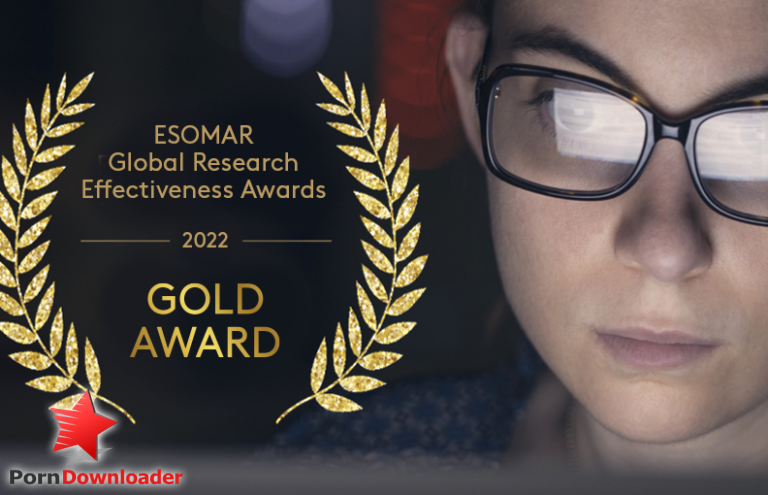Introduction
The reality of pornography addiction is a genuine struggle for numerous individuals daily. Breaking free from its grasp can be exceptionally challenging, often stemming from ingrained habits cultivated over years. The accompanying feelings of guilt and shame can create barriers to open dialogue about the issue. However, overcoming porn addiction is achievable, simultaneously fostering enhanced self-respect and personal discipline. This article will delve into the psychological and behavioral repercussions of porn addiction while offering actionable strategies for breaking free from the cycle.
Defining Pornography Addiction
Pornography addiction manifests as an uncontrollable compulsion to consume sexually explicit material. It is medically recognized as a psychological ailment characterized by an overwhelming urge to view such content. This addiction can significantly compromise both physical and mental well-being, underscoring the importance of understanding how to effectively address it.
The Impact of Pornography Addiction
The ramifications of pornography addiction can be both immediate and prolonged. Short-term effects often include feelings of guilt, shame, withdrawal, and even depressive episodes. Over the long term, it may lead to decreased sexual desire, erectile dysfunction, appetite-related issues, and social isolation. Furthermore, it can negatively affect relationships, diminish professional productivity, and hinder the ability to form and maintain meaningful connections and commitments.
Navigating Withdrawal Symptoms
Initiating the process of quitting pornography can lead to a variety of withdrawal symptoms. These might include shifts in mood, such as increased irritability, depression, or anxiety; difficulty sleeping; and a general lack of motivation. Acknowledging these symptoms and recognizing their normality as the body and mind adjust to life without the addictive behavior is crucial.
Identifying and Avoiding Triggers
A fundamental step in overcoming pornography addiction is the avoidance of triggers. Triggers encompass any stimuli that incite a craving for pornographic material. Common examples include internet browsing, boredom, and even specific individuals or places. Identifying and proactively avoiding personal triggers is paramount to successful recovery, supporting sustained progress on the path to liberation.
Seeking Professional Guidance
The journey to recovery from porn addiction can be arduous; seeking external assistance can significantly ease the process. Professional help, through counseling or therapy, can provide a secure environment to investigate the root causes of addictive behaviors and devise effective coping mechanisms. These professionals also offer essential support and education, guiding individuals along their path to recovery.
Conclusion
Conquering pornography addiction is a formidable challenge. However, with the appropriate resources and awareness, it is entirely possible to learn to stop this addictive behavior. It’s essential to remember that recovery is a continuous, sometimes uncomfortable process. By avoiding triggers, managing withdrawal symptoms effectively, and seeking professional guidance, individuals can break free from the cycle, regain self-control, and reclaim their lives.
Summary
Pornography addiction, a recognized psychological disorder, can severely impact both physical and mental well-being. Withdrawal symptoms may occur during the quitting process, and identifying and avoiding personal triggers is essential. Professional support, such as through counseling or therapy, provides a safe space to explore the underlying causes of the addiction and develop effective coping strategies. With the right support and information, overcoming pornography addiction, regaining self-control, and taking back one’s life is attainable.


